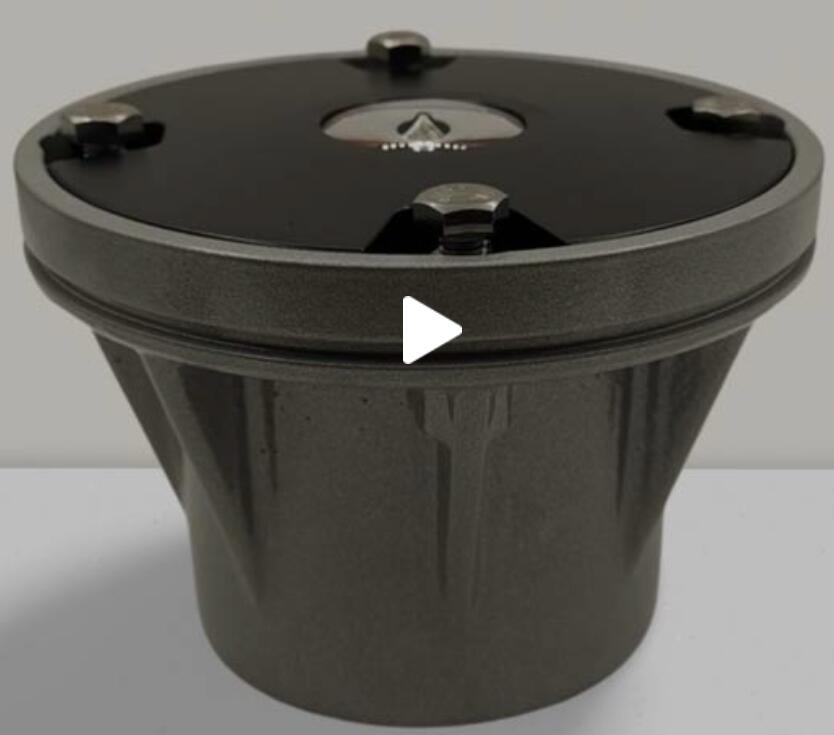Illuminating Safety: The Significance of Helicopter Landing Pad Lights
In modern aviation, precision and safety are paramount, particularly in environments where helicopters play a critical role. Helicopter landing pad lights, often referred to as helipad lighting, are indispensable in ensuring safe takeoffs and landings, especially during nighttime operations or adverse weather conditions. These specialized lighting systems enhance visibility, guide pilots accurately, and contribute to the efficiency of heliport operations. This article delves into the essential role, technology, and considerations involved in selecting helicopter landing pad lights.
Why Helicopter Landing Pad Lights Are Essential
Helicopter landing pad lights are designed to provide clear, unambiguous visual cues to pilots, helping them navigate safely to and from the landing zone. These lights are critical for:
Night Operations: Helicopters frequently operate during low-visibility conditions, such as at night or in fog. Landing pad lights ensure that pilots can clearly identify the landing zone.
Safety: Properly illuminated landing pads minimize the risk of accidents caused by misjudged landings or obstacles in the flight path.
Compliance: Aviation authorities worldwide mandate specific lighting requirements for helipads to ensure uniformity and safety.
Components of Helicopter Landing Pad Lights
A typical helicopter landing pad lighting system comprises several components, each serving a specific purpose:
Perimeter Lights: These lights outline the boundary of the landing pad, guiding pilots to the correct landing area.
Floodlights: Positioned strategically, floodlights illuminate the landing surface to ensure that any obstructions are visible.
Approach Lights: Installed along the flight path leading to the pad, these lights help pilots align their approach.
H Light Marker: A central lighted marking in the shape of an "H" often identifies the landing zone.
Control Systems: Advanced systems allow operators to adjust the intensity of the lights remotely or automatically, based on environmental conditions.

Technological Advancements
The evolution of helicopter landing pad lights has been driven by technological innovation, resulting in systems that are more efficient, durable, and user-friendly:
LED Technology: Modern helipad lights use energy-efficient LEDs, which offer longer lifespans, lower energy consumption, and brighter illumination compared to traditional incandescent bulbs.
Solar Power: Solar-powered lighting systems are increasingly popular for remote or off-grid locations, providing reliable operation without the need for external power sources.
Smart Lighting: Integrated with IoT technology, some helipad lighting systems can be monitored and controlled remotely, enhancing operational flexibility.
| Helicopter Landing Pad Lights |
| Helicopter Landing Pad Light |
Compliance and Standards
Helicopter landing pad lights must meet stringent standards set by aviation authorities such as the Federal Aviation Administration (FAA) and the International Civil Aviation Organization (ICAO). These standards specify:
Color and Intensity: Lights must have specific colors and intensity levels to ensure visibility and prevent confusion.
Placement: The positioning of lights should align with regulatory guidelines to provide optimal guidance.
Durability: Lights must be robust enough to withstand harsh environmental conditions, including extreme temperatures, moisture, and UV exposure.
Selecting the Right Helicopter Landing Pad Lights
Choosing the right helicopter landing pad lights involves several key considerations:
Environment: Factors such as location, climate, and surrounding terrain influence the type of lighting system needed.
Power Source: In areas with limited access to electricity, solar-powered systems are a practical and sustainable choice.
Customization: Some operations may require specialized lighting configurations to meet unique operational needs.
Cost and Maintenance: While initial investment is a factor, long-term savings in energy and maintenance should also be considered.
Applications Beyond Aviation
Helicopter landing pad lights are not limited to traditional airports or heliports. They are also used in:
Hospitals: Emergency medical services rely on well-lit helipads for critical patient transport.
Offshore Platforms: Oil rigs and wind farms use helipad lighting to ensure safe helicopter operations in challenging environments.
Corporate Buildings: Rooftop helipads in urban centers benefit from these lights to support business travel.
Military Bases: Robust and durable lighting systems support defense operations in remote and rugged locations.
Future Trends
As technology advances, helicopter landing pad lights are expected to become even more efficient and adaptable. Key trends include:
Advanced Automation: Systems that adjust brightness and patterns automatically based on real-time weather data.
Eco-Friendly Materials: Increased use of sustainable materials in manufacturing to reduce environmental impact.
Enhanced Connectivity: Integration with navigation systems to provide pilots with real-time updates and improved guidance.
Helicopter landing pad lights are a cornerstone of aviation safety, ensuring seamless and secure operations in a variety of settings. By embracing innovative technologies and adhering to regulatory standards, these systems continue to play a vital role in modern aviation.
Investing in high-quality lighting solutions not only enhances safety but also contributes to operational efficiency and compliance. As the aviation industry evolves, helicopter landing pad lights will remain an essential element, illuminating pathways to safer skies.
